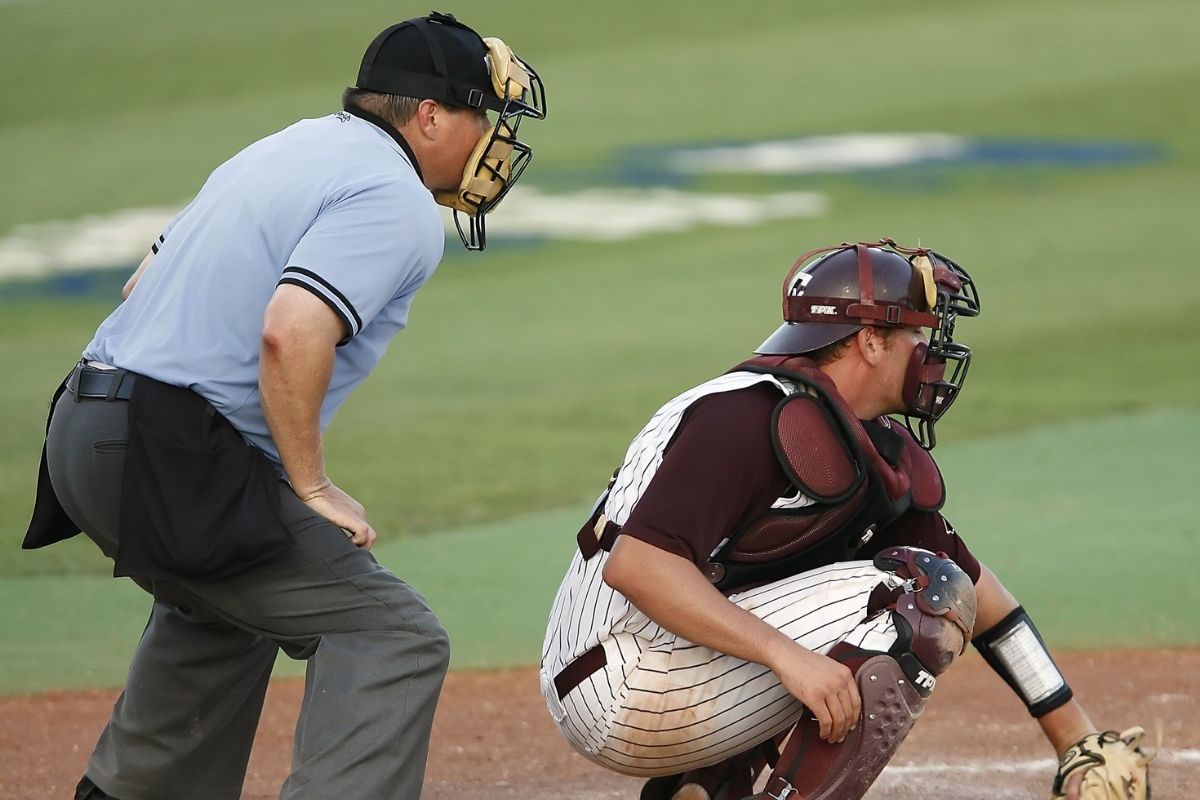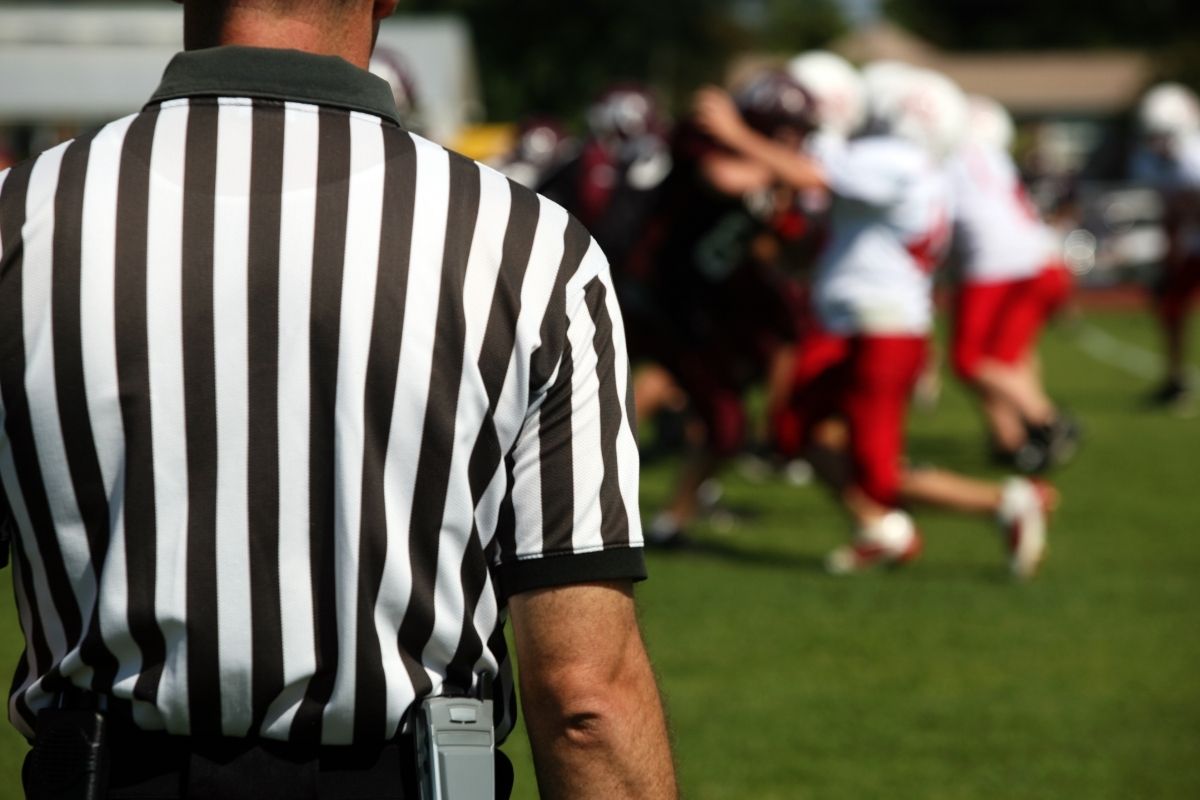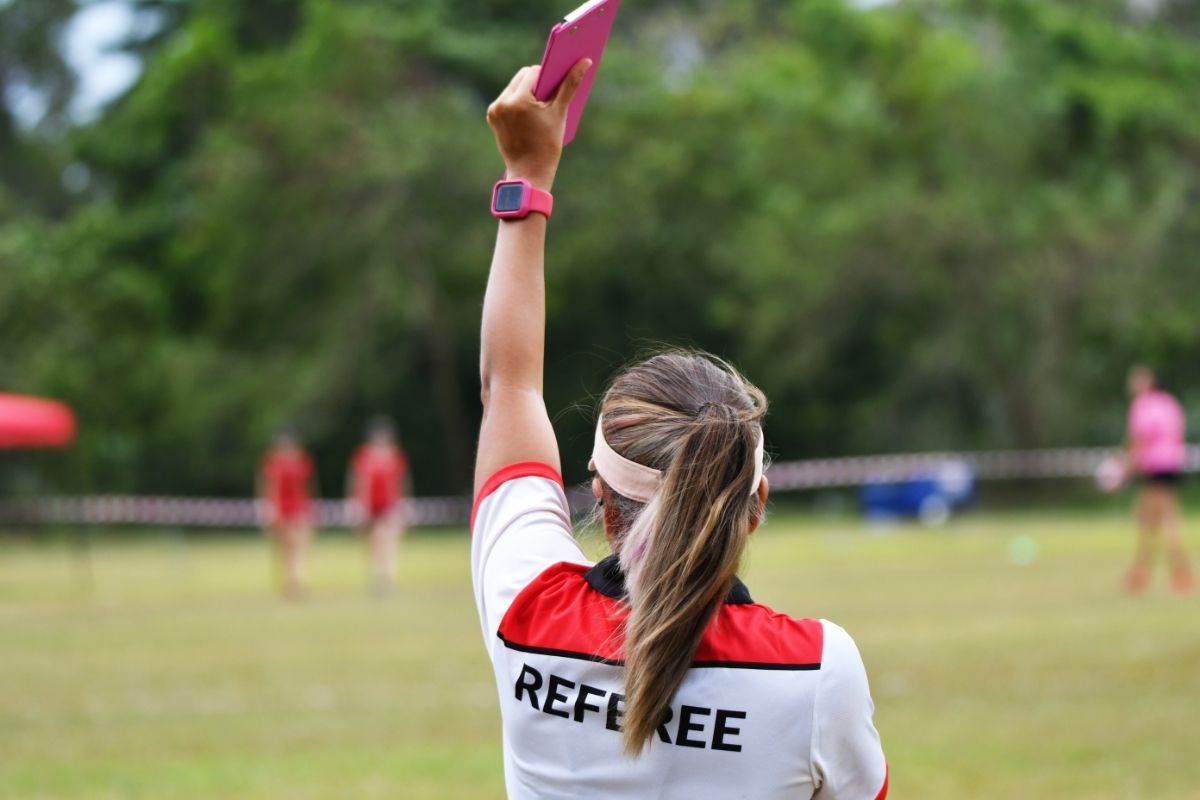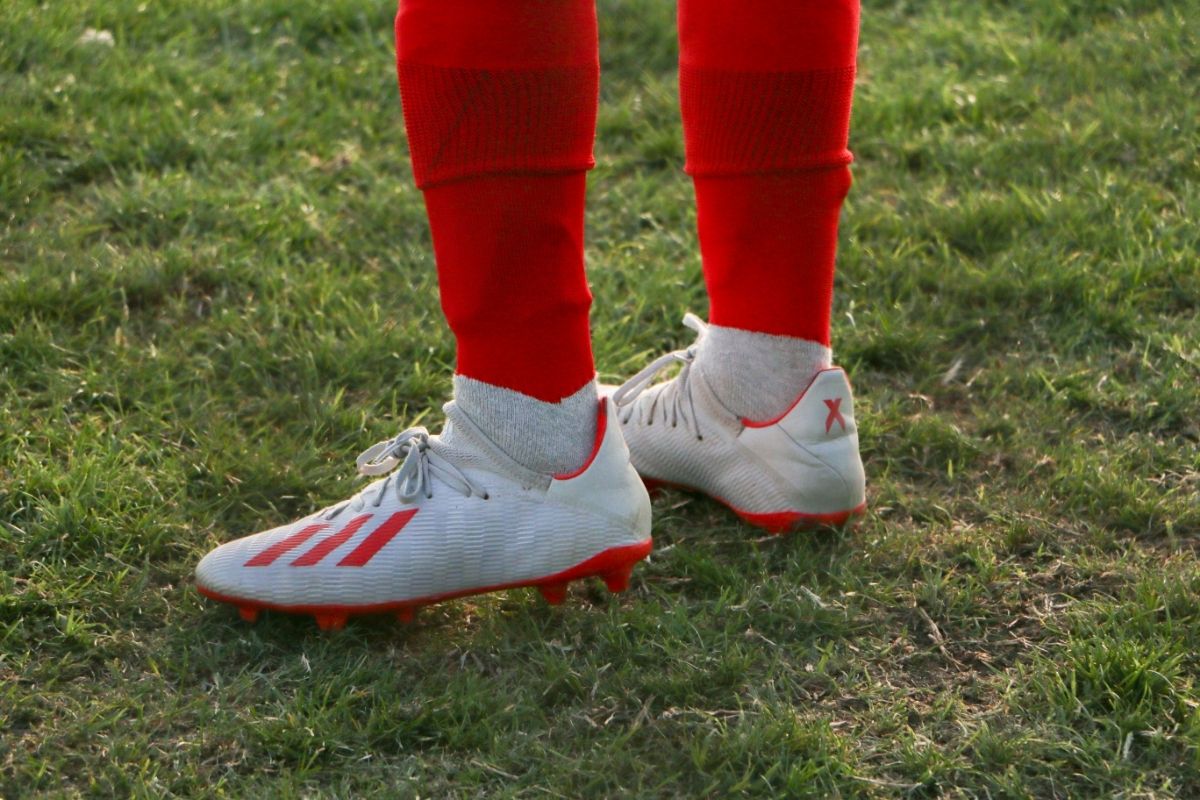Basketball is a fast-paced game that has been played for leisure and as a competitive sport in the United States since its invention in 1891.
Since then it has become an Olympic sport and continues to become more popular, giving many people the opportunity to attend university on scholarships and to play sports professionally.

When watching a basketball game it is easy to notice the referee, who wears a traditional black and white striped uniform.
The role of the referee is extremely important and sometimes it can be difficult to comprehend the sheer responsibility referees have during a game.
Here we look at the role of a basketball referee in detail and look at their responsibilities both on and off the court.
The Role Of A Basketball Referee
The role of a referee is primarily to ensure that games are played within the rules and regulations of basketball. They are responsible for keeping the players safe and the game moving at all times.
Referees begin and end a game while also calling out any fouls or violations to the best of their abilities. Without referees, there would be very little structure to the game and there would often be fights as there would not be a neutral voice to decide on tricky calls.
Referees have a whistle which they use to ensure all players can hear any calls that referees need to make them aware of.
Having this sound enables the referee to break through the loud noise of the players bursting around the court, calling out to each other, and the cheers from the crowds.
The referee works closely with other officials, such as the crew chief, timekeeper, scorekeeper, and replay center official.
They liaise with one another throughout the game to ensure that the game is recorded in a fair and safe manner and that any issues are spotted and dealt with immediately.
The Responsibilities Of A Basketball Referee
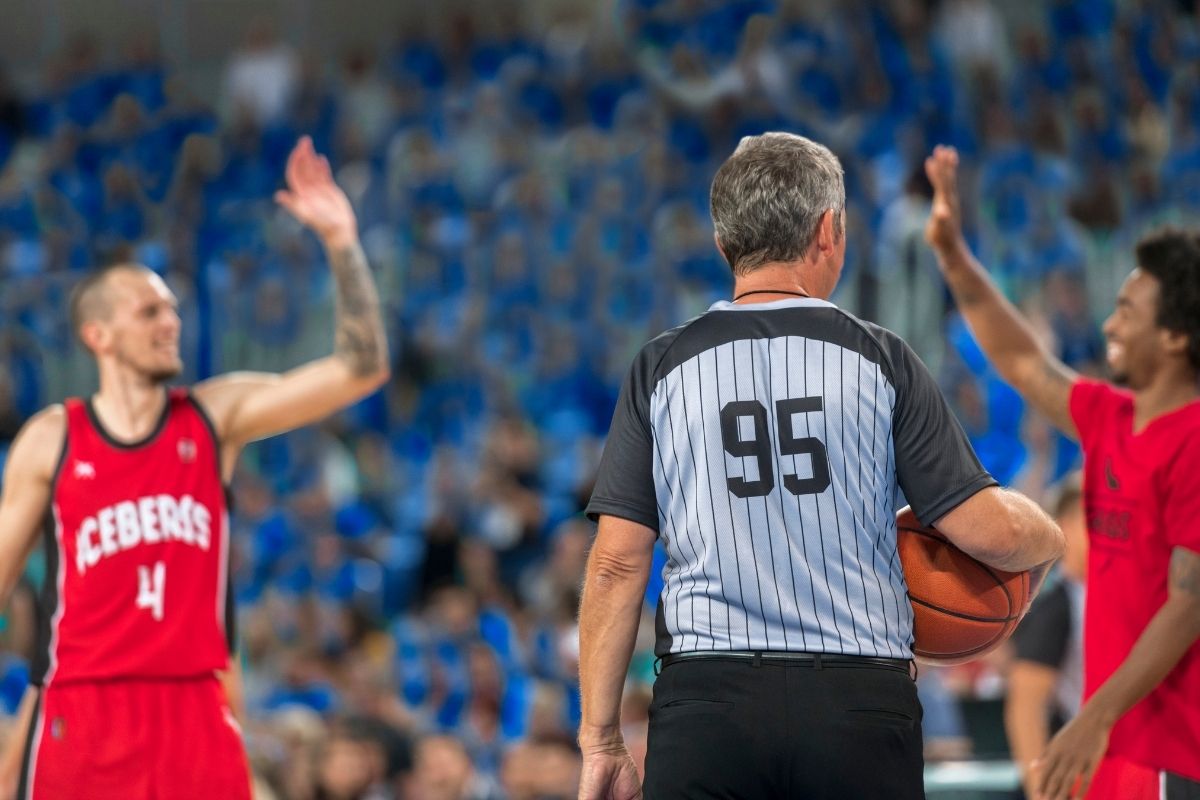
The varied responsibilities of a basketball referee may surprise you! They are responsible for a range of things from calling fouls to checking equipment before a game. Find the extensive list of responsibilities below.
Check Equipment
The referee is responsible for checking the on-court equipment before every game.
During their checks, they ensure that the hoop is intact, that the ball is pumped and that it has no signs of damage, that the backboard is intact and securely mounted, and lastly they are responsible to check that the floor is in good condition and that players will be able to safely make their way around the court.
Balls need to be pumped to a suitable pressure so that the ball weighs between 7.5 pounds and 8.5 pounds.
Uniform Checks
Checking that the players are in the correct uniform and that they are not wearing any illegal equipment also falls into the remit of the referee’s role.
Illegal equipment is anything that a referee considers to be a danger to other players on the court, such as loose jewelry or hard-casted guards, or support straps. Players can be sent off or refused approval to play if they refuse to remove such items.
Player Lists
Before a game, each team is expected to produce a list of the players that will be playing in a specific game.
Referee’s check this list to ensure that the active list is correct and up to date with all players who are suitable for game time. They also ensure that the roster size is suitable for the competition and game.
Roster sizes differ between associations and levels, for example, an NBA roster has 15 players, with 12 dressed for a game, and 5 of these players can be on the court at a time.
For college basketball, the roster has 15 players on it, 13 of which get dressed for game day, and again 5 can play on the court at a time.
The Ball
The referee is responsible for all activities with the ball during a game. They must highlight the status of a play, whether it is active or dead, and also toss the ball for jump balls.
When a ball goes out of the court the referee assigns the possession of the ball on an in-bound pass and gives the ball to inbounders as well as shooters for free throws.
A ball is live when the clock for both the game and shots have begun. A referee can put a ball into play by issuing a jump ball, a throw-in, or a free throw.
A ball may be considered dead for several reasons, examples of which would be when a foul or violation happens on the court, if a timeout is called by management or another basketball official, if an injury happens, or if the ball goes out of play.
Calling Fouls And Violations
Any fouls or violations that occur on the court are called by the referee. The referee must keep an eye on the ball to ensure it does not go out of play while also ensuring that players are playing within the rules and regulations of the game.
When violations or fouls happen the referee is responsible for issuing the punishment, which could be anything from a warning to a red or yellow card.
The referee can also issue warnings, or a red or yellow card to any management on the sidelines that are interfering with a game and being verbally abusive.
Final Thoughts
We hope that this guide has answered any questions you may have had about referees in basketball. Their roles and responsibilities come with more pressure the higher the standard of the association they are a referee within.
Many people who wish to become a referee enroll in a training course and work their way up from refereeing junior games right up to the big leagues.
It is a difficult job that comes with stress and can take up a lot of time, but if you love the sport you will love this job.
- Can You Play Pickleball on Grass? Tips and Tricks - June 12, 2023
- Do Pickleballs Wear Out? Everything You Need to Know - June 12, 2023
- Can You Play Pickleball on Concrete? A Guide to Playing on Hard Surfaces - June 12, 2023

